In a time characterized by a heightened environmental consciousness and a strong commitment to sustainable living, the construction sector has experienced a remarkable evolution. Architects and builders are progressively embracing eco-friendly building materials, aiming to craft residences that excel not only in structural integrity but also in environmental stewardship.
These eco-friendly building materials are shaping the homes of tomorrow. They not only reduce the carbon footprint but also contribute to healthier indoor environments.
Contents
Eco-Smart Construction: 10 Eco-Friendly Building Materials You Need
With the growing awareness of environmental issues, the construction industry is experiencing a remarkable shift. It’s no longer solely about constructing houses; it’s about constructing a future that prioritizes sustainability.
It’s time that you embark on the journey through the innovative, eco-friendly building materials and practices that are reshaping home construction. From reducing carbon footprints to enhancing energy efficiency, delve into the essential elements of eco-smart construction that promise a brighter, greener tomorrow, one brick at a time.
1. Bamboo
Often referred to as “green steel,” bamboo is an incredibly sustainable material. Bamboo boasts rapid growth, reaching maturity within a short span of a few years, all the while demanding minimal water and remaining pesticide-free. Its applications span from flooring and furniture to serving as a structural component within residential constructions.
It’s not limited to one particular use; instead, it’s a multi-purpose wonder material. In-home construction, bamboo is frequently employed as one of the most remarkable eco-friendly building materials and the best alternative to traditional hardwoods.
Its strength-to-weight ratio makes it an excellent candidate for structural elements, and it’s often used in beams and posts. Additionally, it lends a warm and inviting aesthetic to interiors, all while contributing to a healthier planet.
2. Recycled Steel
Using recycled steel in construction reduces the need for new resources and reduces energy consumption. It’s durable, versatile, and can be used for framing, roofing, and more.
Opting for recycled steel actively engages you in waste reduction, energy preservation, and the safeguarding of our natural resources. Simultaneously, it enables the construction of robust and environmentally friendly structures that shine as symbols of sustainability.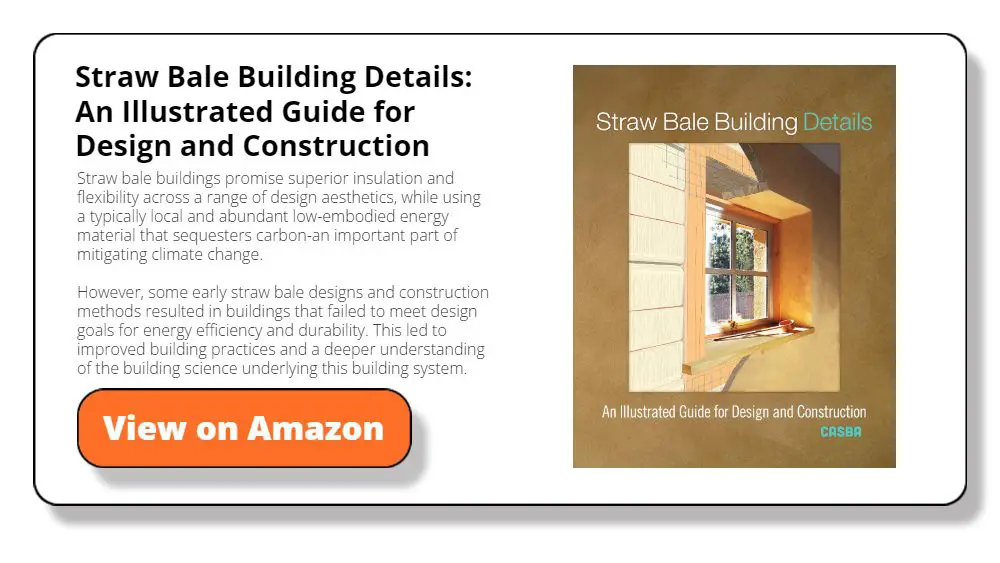
3. Recycled Glass
Recycled glass can be transformed into stunning countertops, tiles, and insulation material. It diverts waste from landfills and conserves raw materials.
Recycled glass is a shining example of how innovative recycling practices can breathe new life into discarded materials. It’s a testament to the human ability to transform waste into beauty, functionality, and sustainability.
By employing eco-friendly building materials such as recycled glass, you enhance both the visual appeal and functionality of your living areas while also playing a role in fostering a more circular and environmentally aware economy.
4. Cork
Cork is an excellent choice for flooring and wall coverings. Harvested from the bark of cork oak trees, it regenerates quickly, making it a renewable resource. Cork’s cellular structure also grants it remarkable insulating properties, helping to regulate temperature and acoustics within a space.
Additionally, cork’s naturally occurring suberin—a waxy substance—renders it resistant to moisture, mold, and mildew, making it a durable option for various applications.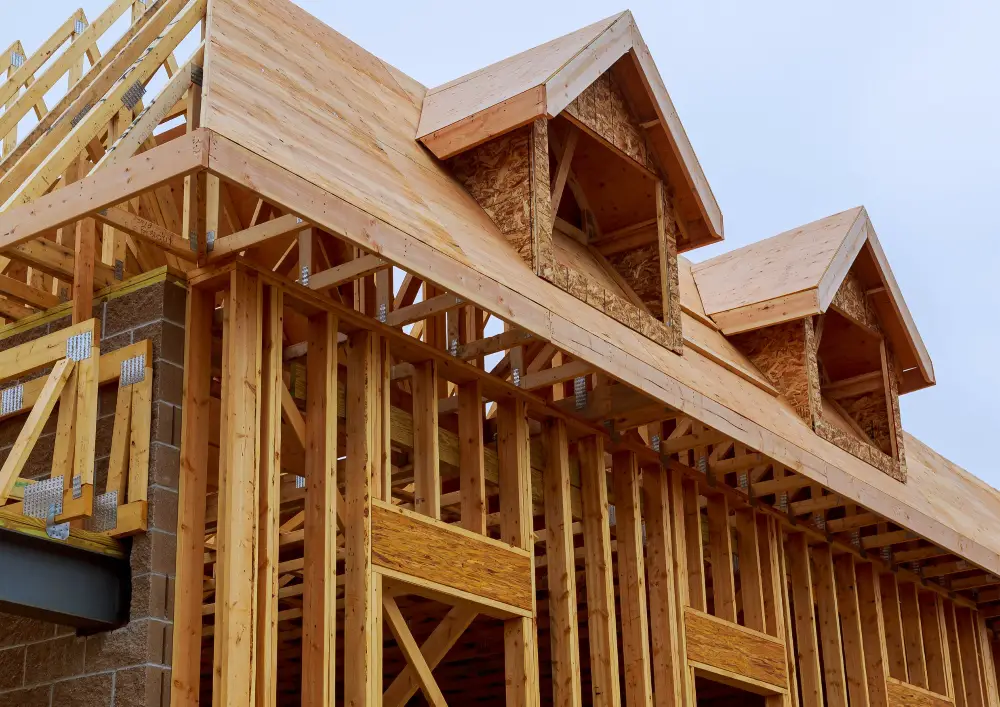
5. Hempcrete
Comprising a mixture of hemp fibers, lime, and water, hempcrete serves as a sustainable substitute for conventional concrete. It possesses a lightweight nature, excellent insulation properties, and a notably reduced carbon footprint.
Hempcrete stands out for being non-toxic, biodegradable, and resistant to mold growth, contributing to improved indoor air quality and a reduced risk of allergies and respiratory concerns. Additionally, its remarkable fire resistance adds an extra layer of safety and reinforces its suitability for construction purposes.
6. Straw Bales
Used for insulation, straw bales are renewable, cost-effective, and energy-efficient. They provide excellent thermal insulation and soundproofing.
Unlike some high-cost, energy-efficient insulation materials, straw bales provide an affordable alternative. This affordability empowers homeowners and builders to prioritize energy efficiency without incurring excessive expenses, making sustainable construction more accessible and inclusive.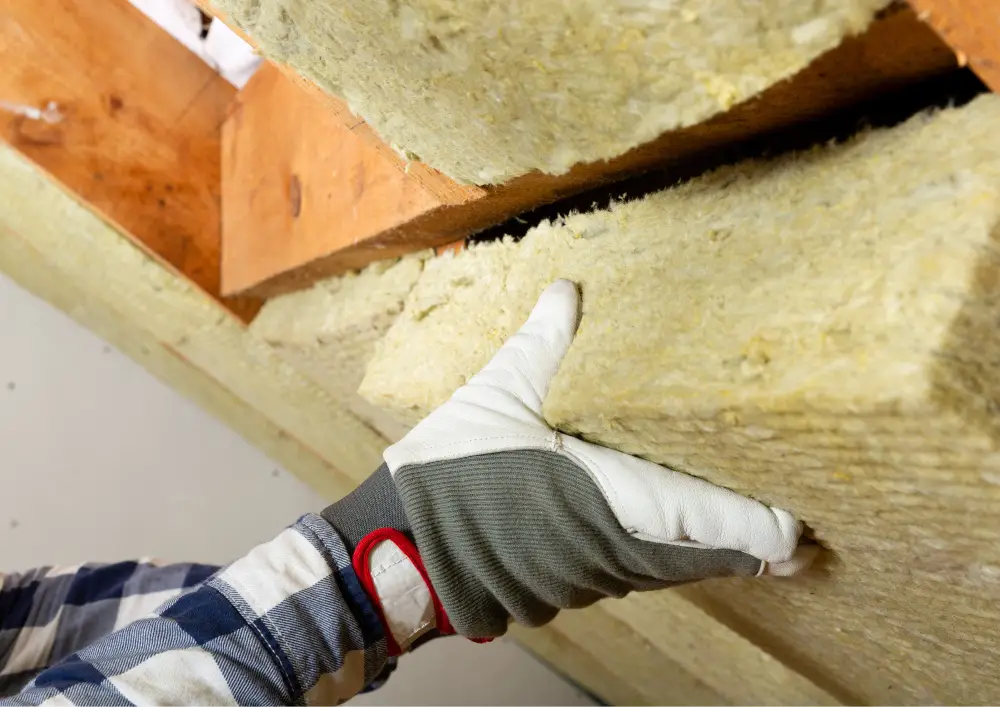
7. Recycled Plastic
Recycled plastic lumber can be used for decks, fences, and outdoor furniture. It helps reduce plastic waste while providing durability and less maintenance.
Also, it can be molded and contoured into various profiles, rendering it apt for diverse applications. Whether incorporated in the crafting of outdoor decks, fences, seating benches, picnic tables, or playground installations, it demonstrates remarkable durability and endurance.
Its consistent coloration typically extends uniformly throughout, obviating the necessity for paint or coatings and ensuring a persistent appearance as time goes by.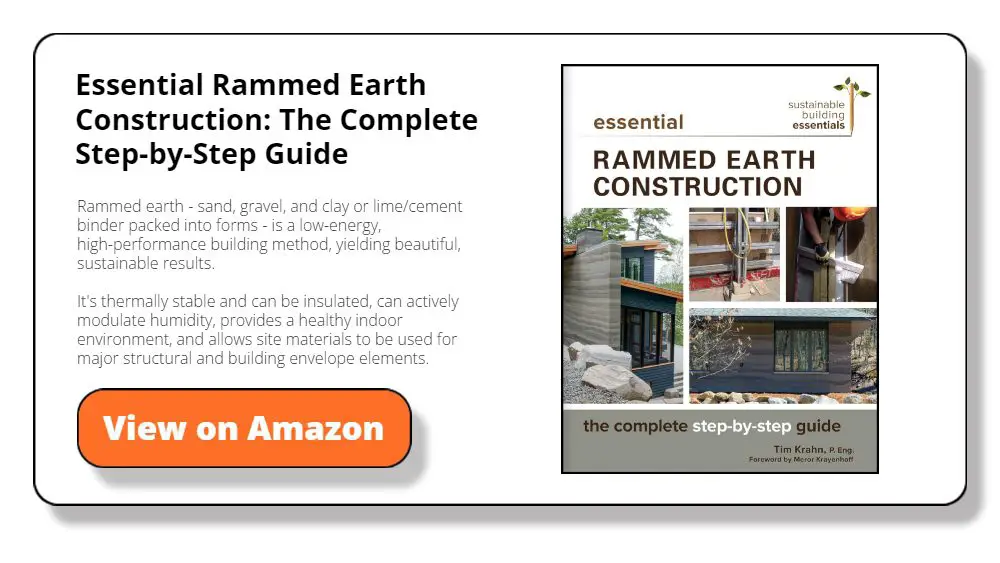
8. Rammed Earth
This ancient building technique involves compacting layers of earth to create strong, natural walls. It’s energy-efficient, non-toxic, and has a unique aesthetic appeal.
When properly maintained, cob structures can last for centuries. Minor repairs are easily undertaken by mixing fresh cob and patching any damaged areas. This longevity contributes to a reduction in construction waste and supports the ethos of sustainability through long-term use.
9. Reclaimed Wood
Salvaged from old buildings, barns, or factories, reclaimed wood lends character and history to a home. It’s an eco-friendly alternative to new lumber. The knots, scars and weathered patina tell stories of bygone eras, of the hands that worked the wood, and the structures that once stood proudly.
Incorporating reclaimed wood into a home is akin to inviting a piece of history to grace the living space, creating an atmosphere of warmth, nostalgia, and a connection to the generations that came before.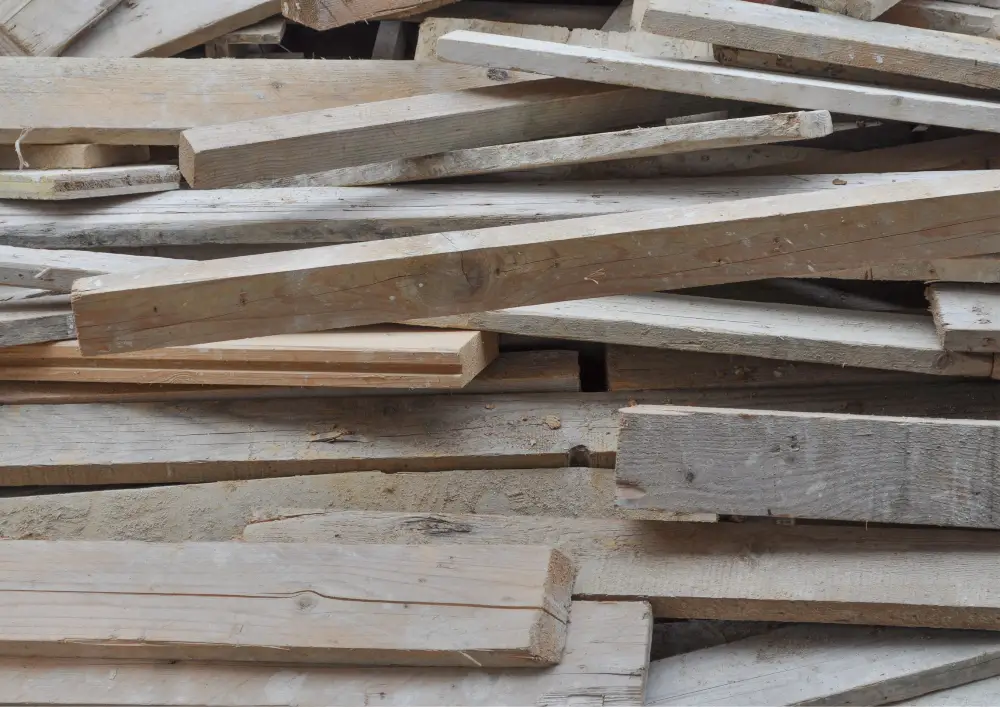
10. Solar Tiles: The Future of Eco-Friendly Materials
Solar roof tiles blend seamlessly with traditional roofing materials while generating clean energy. They reduce electricity bills and decrease reliance on fossil fuels, making them a prime example of eco-friendly building materials.
Solar roof tiles have been meticulously designed with a strong emphasis on aesthetics. In contrast to traditional solar panels, which can frequently appear as noticeable appendages on a building’s exterior, these tiles seamlessly blend into the roofing system as an essential and integrated component.
Choosing eco-friendly building materials isn’t just an environmentally conscious decision; it’s also a step towards creating homes that are healthier and more energy-efficient. Sustainable homes benefit both homeowners and the planet, providing comfort and peace of mind while reducing the overall effect on our fragile ecosystems. As the demand for sustainable living grows, these eco-friendly building materials are poised to redefine the future of home construction.
The Future of Home Building
Here they are – the ten eco-friendly building materials for sustainable homes! Ranging from renewable bamboo to repurposed steel and cutting-edge solar tiles, these environmentally conscious building materials are driving a transformative shift in how living spaces are designed and built.
In the journey towards a greener future, these eco-friendly building materials are paving the way for a world where living spaces are not just structures but stewards of the environment, fostering a brighter and more sustainable world for all.
Additionally, environmentally mindful decisions not only diminish carbon footprints but also elevate the attractiveness and efficiency of a residence. So, prepare for a more delightful and environmentally responsible approach to constructing your home. These eco-friendly building materials constitute the foundation for a brighter, more sustainable world.


